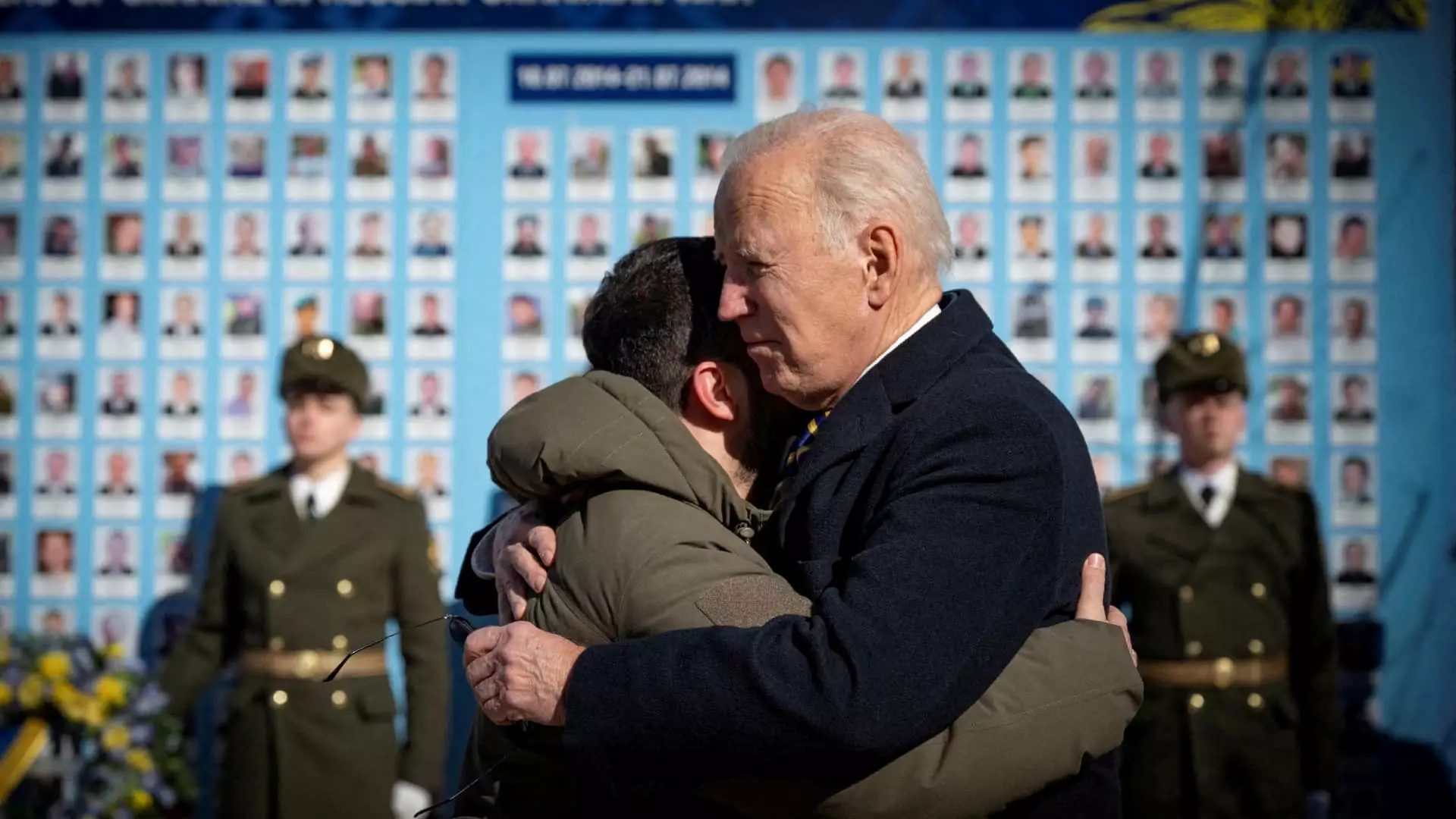In a decisive pivot, the Biden administration has reportedly authorized Ukraine to utilize U.S.-supplied weaponry for strikes deep within Russian territory. This shift marks a considerable transformation in the United States’ stance on the Ukraine-Russia conflict that has been raging since 2014. As the war evolves, so too does the need for strategic adaptations to counter changing dynamics on the battlefield. The new authorization allows for long-range military operations, with Ukrainian sources indicating that initial operations could commence imminently using advanced missile systems like the ATACMS, capable of targeting adversaries from up to 190 miles away.
As details surrounding the specific operations remain classified, the gravity of this decision cannot be overstated. The U.S. has historically maintained a strong stance against unilateral escalations that involve striking directly within Russian borders due to the potential for dramatic retaliation. However, as Ukraine under President Volodymyr Zelenskyy grapples with enhanced threats—most notably the recent deployment of North Korean forces to support Russian troops—this pivotal move underscores an urgent need for Kyiv to regain strategic superiority. The tug-of-war between operational security and the necessity for proactive measures is at the heart of this unfolding situation.
The timing of this policy alteration is particularly noteworthy, as it occurs just months before Donald Trump’s anticipated inauguration. Trump’s historical critique of U.S. financial and military assistance to Ukraine raises questions about whether this decision might be reversed under his governance. The ambiguity surrounding his administration’s future approach adds a layer of unpredictability that could significantly influence the ongoing conflict. Nonetheless, bipartisan pressure from certain Republican factions for a more flexible usage of U.S. weapons hints at a possible continuity in military support for Ukraine, regardless of who occupies the Oval Office.
While some military analysts question whether the ability to conduct long-range strikes will fundamentally alter the war’s trajectory, it offers Ukraine an opportunity to regain the initiative amidst noticeable advances by Russian forces. By making strategic deep strikes, Ukraine could not only weaken Russian military capabilities but also enhance its leverage in any potential ceasefire negotiations. Such political maneuvering could serve as a game changer, shifting the balance of power in forthcoming discussions that could determine the course of the conflict.
On the flip side, Russia has issued stern warnings regarding any perceived escalation that this new U.S. policy could trigger. With the specter of a broader conflict looming, both sides face the harsh reality that increased military actions could lead to unforeseen consequences, amplifying hostilities across the region. The situation remains tenuous, illustrating the complex interplay of military strategy, international diplomacy, and geopolitical response as the U.S. navigates its role in a fluid and highly charged conflict.
The Biden administration’s decision represents a crucial juncture in the Ukraine-Russia conflict—while offering potential new avenues for Ukraine’s defense, it simultaneously escalates tensions and raises critical questions about future U.S. involvement in the war. As the situation unfolds, the international community will be watching closely to see how these strategic shifts will shape the future of the conflict.


Leave a Reply